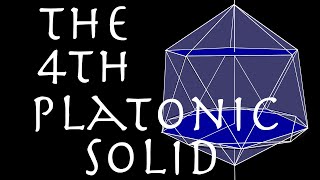Great icosihemidodecahedron
In geometry, the great icosihemidodecahedron (or great icosahemidodecahedron) is a nonconvex uniform polyhedron, indexed as U71. It has 26 faces (20 triangles and 6 decagrams), 60 edges, and 30 vertices. Its vertex figure is a crossed quadrilateral. It is a hemipolyhedron with 6 decagrammic faces passing through the model center. (Wikipedia).




















